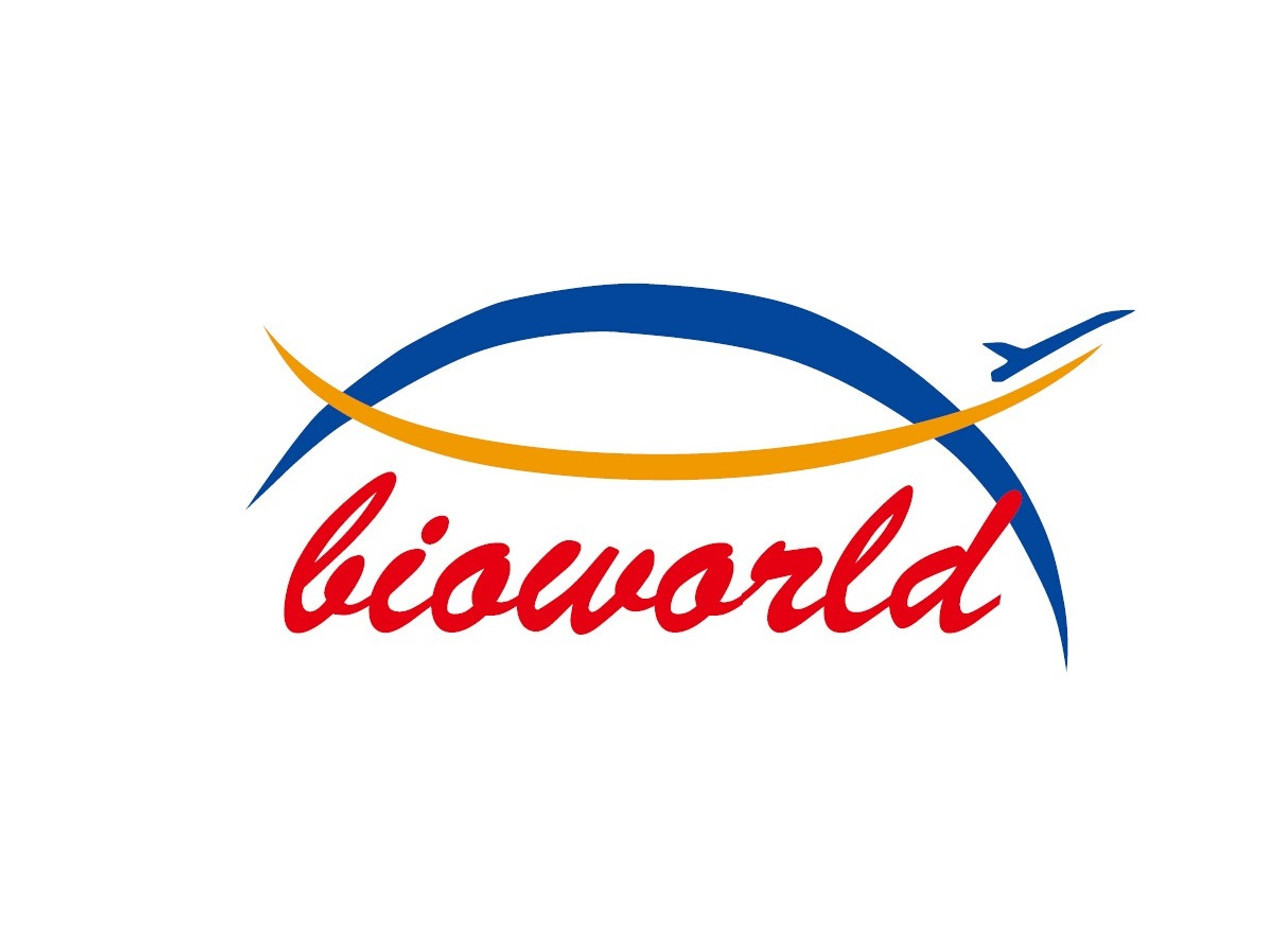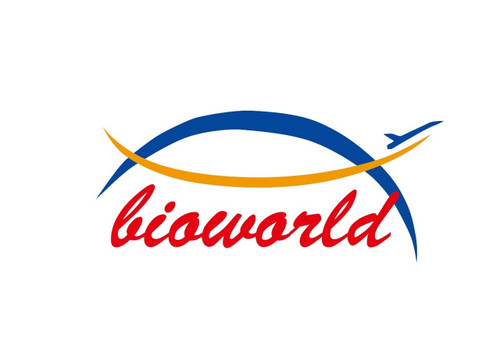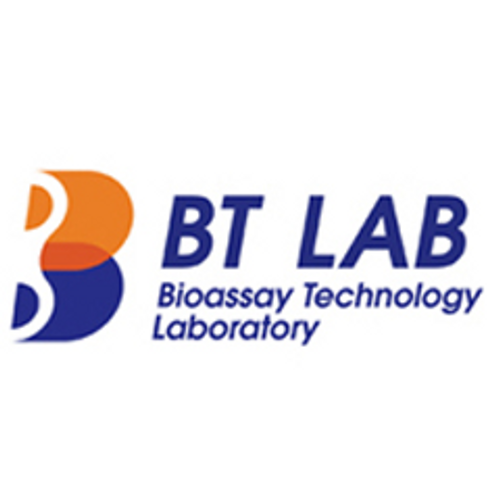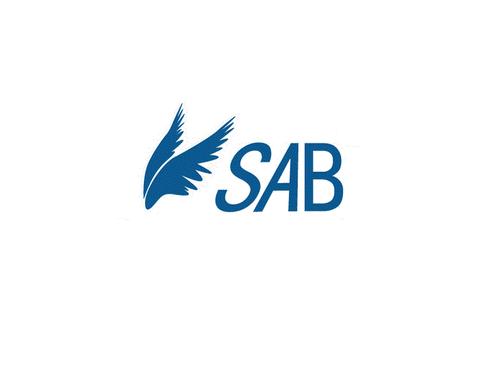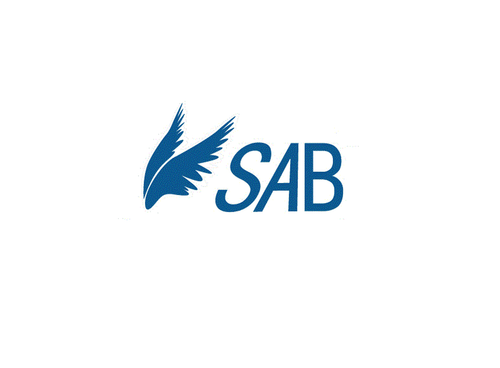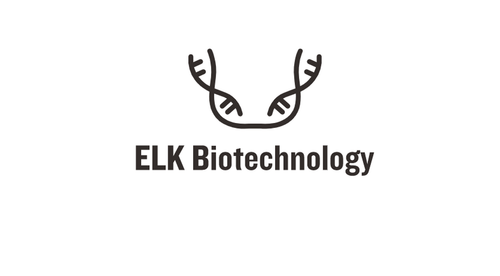Product Description
EPHA7 (phospho-Y608) polyclonal Antibody | BS64045 | Bioworld
Host: Rabbit
Reactivity: Human,Mouse,Rat
Application: WB
Application Range: WB: 1:500~1:1000
Background: The Eph subfamily represents the largest group of receptor protein tyrosine kinases identified to date. The Eph subfamily receptors of human origin (and their murine/avian homologs) include EphA1 (Eph), EphA2 (Eck), EphA3 (Hek4), EphA4 (Hek8), EphA5 (Hek7), EphA6 (Hek12), EphA7 (Hek11/MDK1), EphA8 (Hek3), EphB1 (Hek6), EphB2 (Hek5), EphB3 (Cek10, Hek2), EphB4 (Htk), EphB5 (Hek9) and EphB6 (Mep) . EphAs are a family of receptor tyrosine kinases that are involved in axonal guidance during development. These receptors and their ligands, the ephrins, act via repulsive mechanisms to guide growing axons towards their appropriate targets and allow for the correct developmental connections to be made. Ligand binding to an Eph receptor results in tyrosine phosphorylation of the kinase domain, and repulsion of axonal growth cones and migrating cells. During neurulation, ephrin-A5 is coexpressed with its cognate receptor EphA7 in cells at the edges of the dorsal neural folds. Three different EphA7 splice variants, a full-length form and two truncated versions lacking kinase domains, are expressed in the neural folds.
Storage & Stability: Store at 4°C short term. Aliquot and store at -20°C long term. Avoid freeze-thaw cycles.
Specificity: p-EPHA7 (Y608) polyclonal Antibody detects endogenous levels of EPHA7 protein only when phosphorylated at Tyr608.
Molecular Weight: ~ 112 kDa
Note: For research use only, not for use in diagnostic procedure.
Alternative Names: Ephrin type-A receptor 7; EPH homology kinase 3; EHK-3; EPH-like kinase 11; EK11; hEK11; EPHA7; EHK3; HEK11
Immunogen: A synthetic peptide corresponding to residues in Human EPHA7 around the phosphorylation site of Tyr608.
Conjugate: Unconjugated
Modification: Phosphorylation
Purification & Purity: The Antibody was affinity-purified from rabbit antiserum by affinity-chromatography using epitope-specific immunogen and the purity is > 95% (by SDS-PAGE) .
Pathway: Dopamine Signaling in Parkinson's Disease Plathway,
 Euro
Euro
 USD
USD
 British Pound
British Pound
 NULL
NULL

